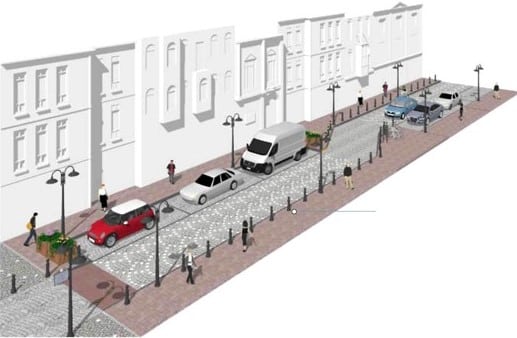The most effective measure to improve the safety of cyclists is the use of speed-reducing measures for drivers leaving or entering a main road (e.g. a raised bike path and/or exit construction). It is suitable in most cases as it does not require additional space in contrast to the construction of a bike path.
Although cyclists seem more at risk at intersections with two-way bike paths, as compared to intersections with other infrastructure, a number of bike-motor vehicle crashes can be prevented with speed management.
Raised cycle crossings and other speed-reducing measures are effective in decreasing the number of cycle crashes at priority intersections.
Speed-reducing measures could reduce the number of crashes for cyclists. Speed-reducing measures, such as speed humps, did not reduce the crash risk but may reduce the injury risk.

References
Paul Schepers, A safer road environment for cyclists
Istanbul Historical Peninsula, Design concepts for safe, accessible streets, design